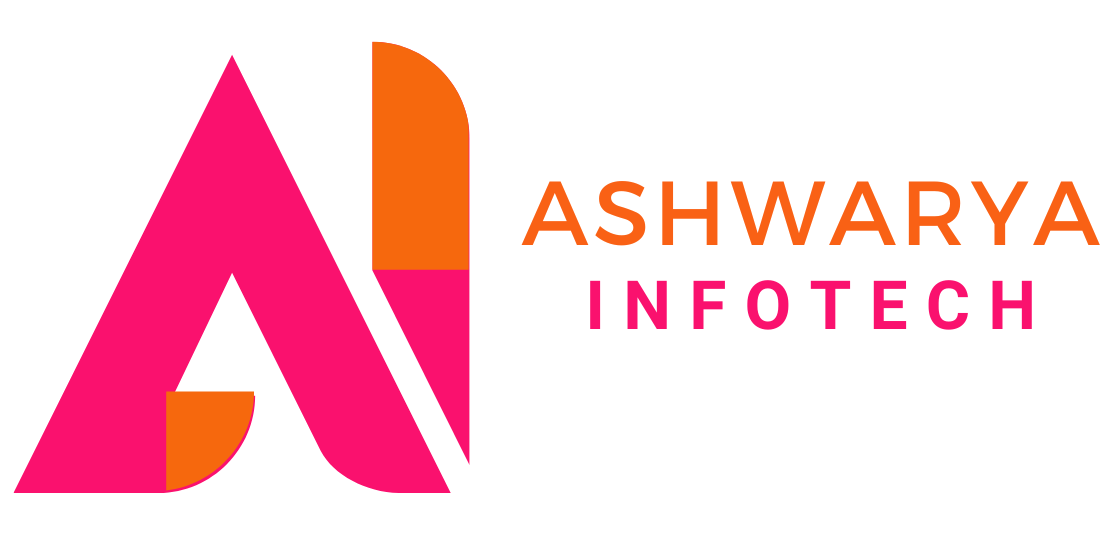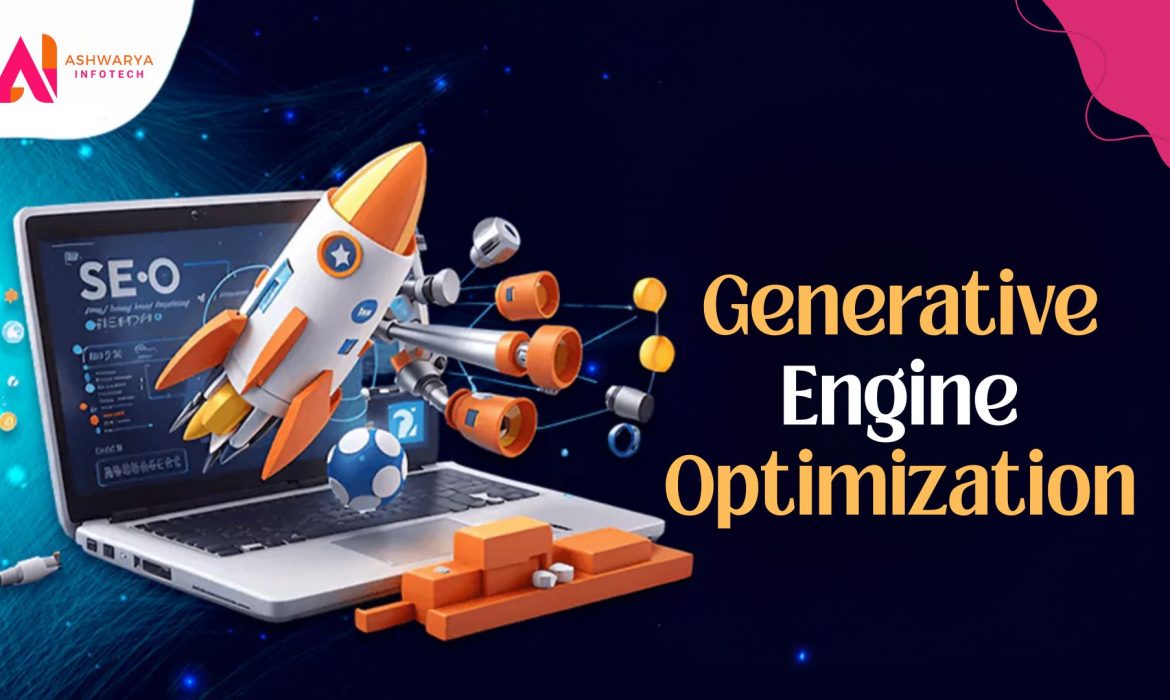Understanding GEO: A Comprehensive Guide
In the ever-evolving digital landscape, businesses are adopting innovative ways to connect with their audiences. One such approach is GEO, or Generative Engine Optimisation, a strategy designed to enhance visibility using generative AI technologies. While often compared to SEO (Search Engine Optimisation), GEO caters specifically to AI-driven systems like Chatgpt and Google Bard, making it essential for modern digital marketing.

What is GEO?
GEO, or Generative Engine Optimisation, focuses on optimising content for generative AI-powered systems. Unlike traditional SEO, which aims to rank websites higher on search engines, GEO ensures that content is structured to provide accurate, engaging responses on AI-driven platforms. This strategy enables businesses to connect with users seeking precise answers from AI systems.
How Does GEO Differ from SEO?
- Scope:
- SEO: Targets global audiences using keywords and backlinks.
- GEO: Optimises content for AI engines to deliver accurate and contextually relevant responses.
- Approach:
- SEO: Relies on tools like SEMrush and Google Analytics.
- GEO: Uses structured data, AI-focused content design, and conversational tones.
- Purpose:
- SEO: Enhances visibility across search engines.
- GEO: Ensures compatibility with AI systems to feature in user queries.
Why is GEO Important?
With generative AI increasingly shaping digital interactions, businesses must adapt to remain visible. More than 40% of users rely on AI systems for answers. GEO ensures that content aligns with AI algorithms, enhancing relevance and engagement while helping businesses stand out in competitive markets.
Key Benefits of GEO
- AI Compatibility: Content optimised for generative engines is more likely to be featured in user queries.
- Enhanced Engagement: AI-optimised content connects better with audiences, fostering trust and interaction.
- Future-Readiness: GEO positions businesses to thrive as AI systems continue evolving.
- Cost-Effective Reach: GEO leverages organic AI-driven visibility, reducing advertising expenses.
- Competitive Advantage: Businesses adopting GEO can outperform competitors relying solely on traditional SEO.
How GEO Works
- AI-Friendly Content Design: Crafting concise, accurate information tailored to generative engines.
- Structured Data: Using schema markup to help AI understand content context.
- Conversational Style: Writing in a natural tone to match AI’s processing capabilities.
- Keyword Optimisation: Focusing on question-based, long-tail keywords prioritised by AI.
- Regular Updates: Keeping information current ensures ongoing relevance for AI systems.
Future Potential of GEO
GEO is poised for growth as generative AI advances. Key trends include:
- Personalisation: AI delivers tailored responses based on user behaviour.
- Voice Search Optimisation: GEO adapting to the rise of voice-driven queries.
- Dynamic Content: Real-time updates to align with evolving AI algorithms.
- Industry-Specific Strategies: From healthcare to retail, GEO enables businesses to meet niche demands through AI.
Conclusion
GEO represents the next phase of digital marketing, complementing SEO by focusing on AI-driven optimisation. As generative AI continues to shape the future, businesses adopting GEO can unlock new opportunities for growth and engagement, ensuring they stay competitive in an AI-centric world.
Driving Digital Growth with Performance Marketing
Performance marketing is a marketing technique where businesses only pay for results, such as sales, leads, or clicks, rather than for impressions or general exposure. A performance marketing strategy can be implemented in several ways, and the specific way that is chosen for you will depend on several different factors. Let’s dive deeper into what makes performance marketing a key strategy for businesses in Indore and beyond.

Key Aspects of Performance Marketing
- Result-Driven: The primary goal of performance marketing is to achieve measurable outcomes like conversions, sales, or leads. Every campaign is designed with clear, actionable objectives in mind.
- Pay-for-Performance: Advertisers only pay when specific actions are taken, such as a click, lead, or sale, making it a cost-effective approach compared to traditional advertising.
- Trackable Metrics: Performance marketing relies heavily on tracking and analysing key performance indicators (KPIs) to measure success and optimise strategies in real-time.
- Variety of Channels: This approach utilises multiple digital marketing channels, including social media advertising, search engine marketing (SEM), affiliate marketing, and display ads.
- Short-Term Objectives: Campaigns often focus on immediate, measurable results like generating clicks or leads within a specific timeframe, making it ideal for businesses looking for quick wins.
Benefits of Performance Marketing
- High ROI: By focusing on results, performance marketing ensures that every dollar spent delivers tangible returns.
- Reduced Risk: The pay-for-performance model minimises financial risk since businesses only pay for measurable outcomes.
- Measurable Results: Precise metrics like clicks, conversions, and ROI make monitoring success and refining strategies easy.
- Flexibility: Campaigns can be quickly adjusted based on performance insights and changing market dynamics.
Examples of Performance Marketing Channels
- Social Media Advertising: Paid campaigns targeting specific demographics and interests on platforms like Facebook, Instagram, and LinkedIn.
- Search Engine Marketing (SEM): Paid search ads on platforms like Google Ads appear when users search for specific keywords. Businesses in Indore, for instance, can use keywords like “best digital marketing company Indore” to attract local customers.
- Affiliate Marketing: Partnering with affiliates who promote products or services and earn a commission for each sale or lead they generate.
- Display Advertising: Banner ads and other visual advertisements are displayed across websites and platforms to engage potential customers.
Key Performance Indicators (KPIs)
To ensure the success of a performance marketing campaign, tracking the right KPIs is crucial:
- Cost per Click (CPC): The cost incurred for each click on an ad.
- Cost per Impression (CPM): The cost for every thousand ad impressions (views).
- Cost per Acquisition (CPA): The cost for each conversion or sale.
- Cost per Lead (CPL): The cost associated with generating a single lead.
- Click-Through Rate (CTR): The percentage of users who click on an ad after viewing it.
- Conversion Rate: The percentage of users who complete a desired action, such as making a purchase or signing up.
- Return on Ad Spend (ROAS): The return generated for every dollar spent on advertising.
Why Work with the Best Digital Marketing Company in India?
While performance marketing offers significant benefits, executing a successful campaign requires expertise, creativity, and analytical skills. For businesses in Indore, partnering with the best digital marketing company can provide a competitive edge. An experienced agency can help design targeted campaigns, track KPIs effectively, and ensure optimal ROI.
A top-tier digital marketing company in India will also have a proven track record in performance marketing, offering services like social media advertising, SEM, affiliate marketing, and display advertising. They can craft tailored strategies that align with your business goals and local market trends.
Conclusion
Performance marketing is a versatile and effective approach to digital marketing, particularly for businesses seeking to maximise ROI and achieve specific, measurable goals. With its focus on results and cost-efficiency, it’s a strategy that no modern business can afford to ignore. For businesses in Indore, collaborating with the best digital marketing company can unlock the full potential of performance marketing, driving growth and success.



